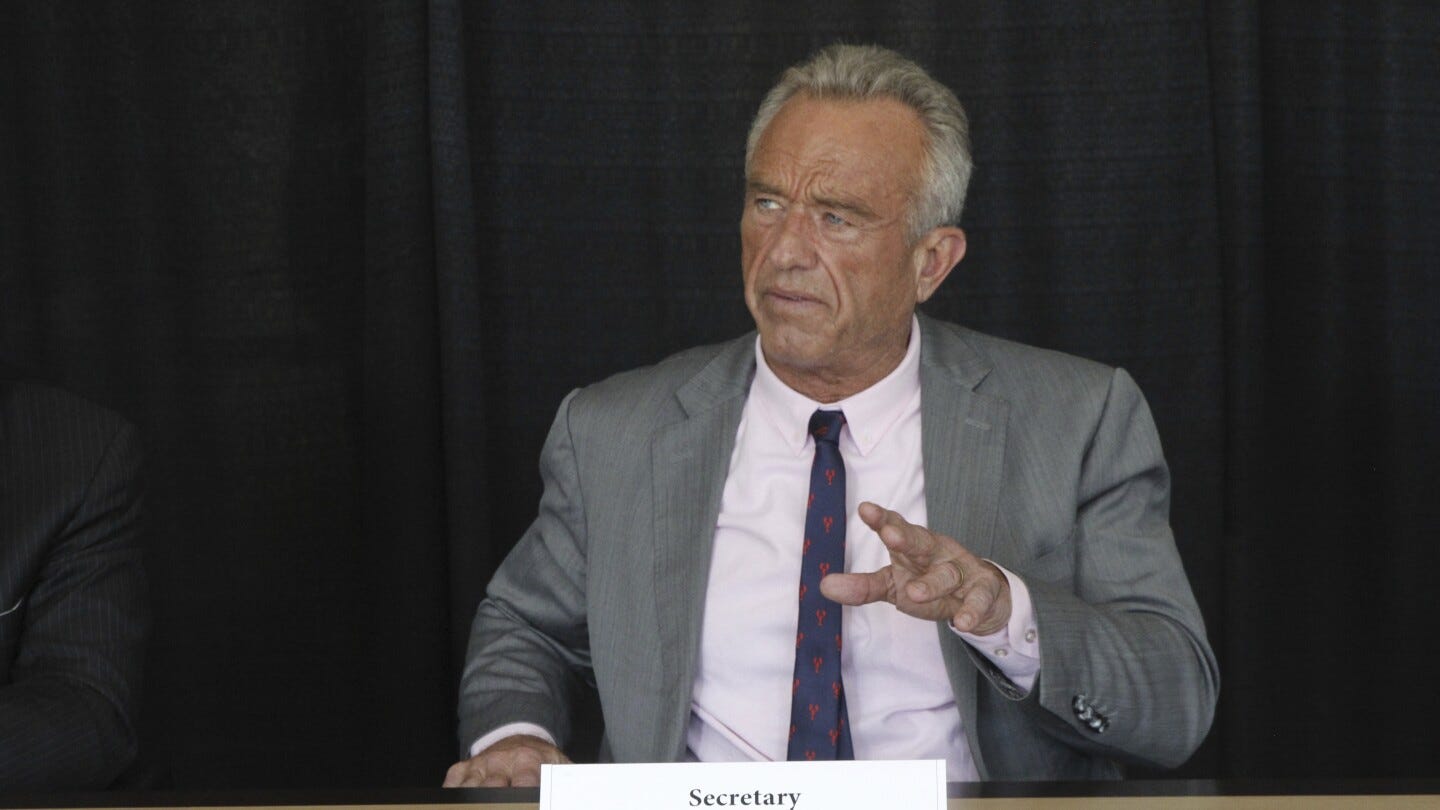Your Questions Answered
Inside the Vaccine Compensation Controversy
We're diving deep into the National Vaccine Injury Compensation Program, a system designed to protect both public health and individuals. It's a complex topic with strong opinions on all sides, and understanding its roots is key to making sense of today's headlines.
Why Was This System Even Created?
Ever wonder why the government has a special program for vaccine injuries? In the 1980s, vaccine makers were facing so many lawsuits they were ready to quit, risking our collective health. So, Congress stepped in to create the National Vaccine Injury Compensation Program (NVICP). It was a trade-off: manufacturers contributed to a fund, and in return, they gained protection from overwhelming litigation. It was meant to keep vaccines flowing, a public good.
It was meant to protect the industry from tort liability and it has done that really successfully.
– Alison Bateman-Cohen, Public Health Law Expert
When Promises Meet Reality: The Critics' Perspective
Now, fast forward to today, and you hear voices like Robert F. Kennedy Jr. arguing the system is rigged. He and others contend that what was supposed to be a "no-fault" system has become an uphill battle for injured parties. Only about one-third of claims have been compensated since 1988, leading many to feel the scales are tipped against them, even in cases where injuries seem plausible.
It has really become more of an adversarial system rather than a no-fault system.
– Dr. Andrew Downing, Functional Medicine Doctor
So, What's the Right Move?
This isn't just about compensating individuals; it's about the entire public health infrastructure. If we remove the protections for vaccine makers, we risk going back to a time when vaccine shortages were a real threat. So, as we think about fairness for those who claim injury, we also need to consider the broader implications for everyone's access to vital immunizations. It’s a thorny problem, demanding a truly balanced approach.



